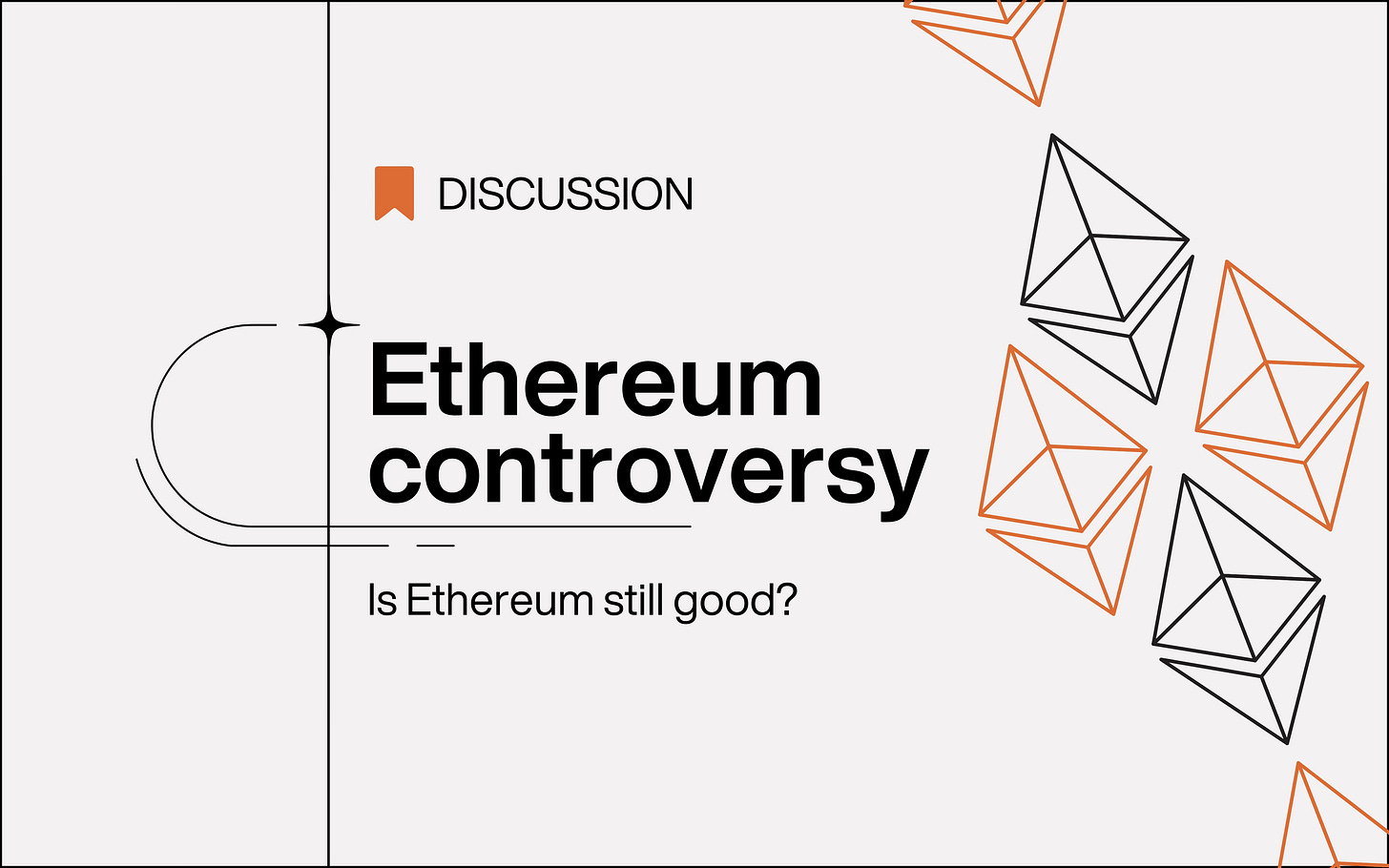Is Ethereum still a good chain?
For many years, no new chains could challenge Ethereum's dominance as the second-largest asset in crypto. But is it still a strong chain now, with users migrating to L2s and ETH becoming inflationary?
In 2020, Ethereum shifted to an L2-centric roadmap. Now, after Dencun, rollups account for 87% of all daily transactions.
However, this scaling solution has faced criticism because Ethereum's gas fees are at their lowest in years, making the ETH economy inflationary. Furthermore, Ethereum’s recent underperformance against BTC and SOL has validated the c…
Keep reading with a 7-day free trial
Subscribe to Stacy in Dataland to keep reading this post and get 7 days of free access to the full post archives.


